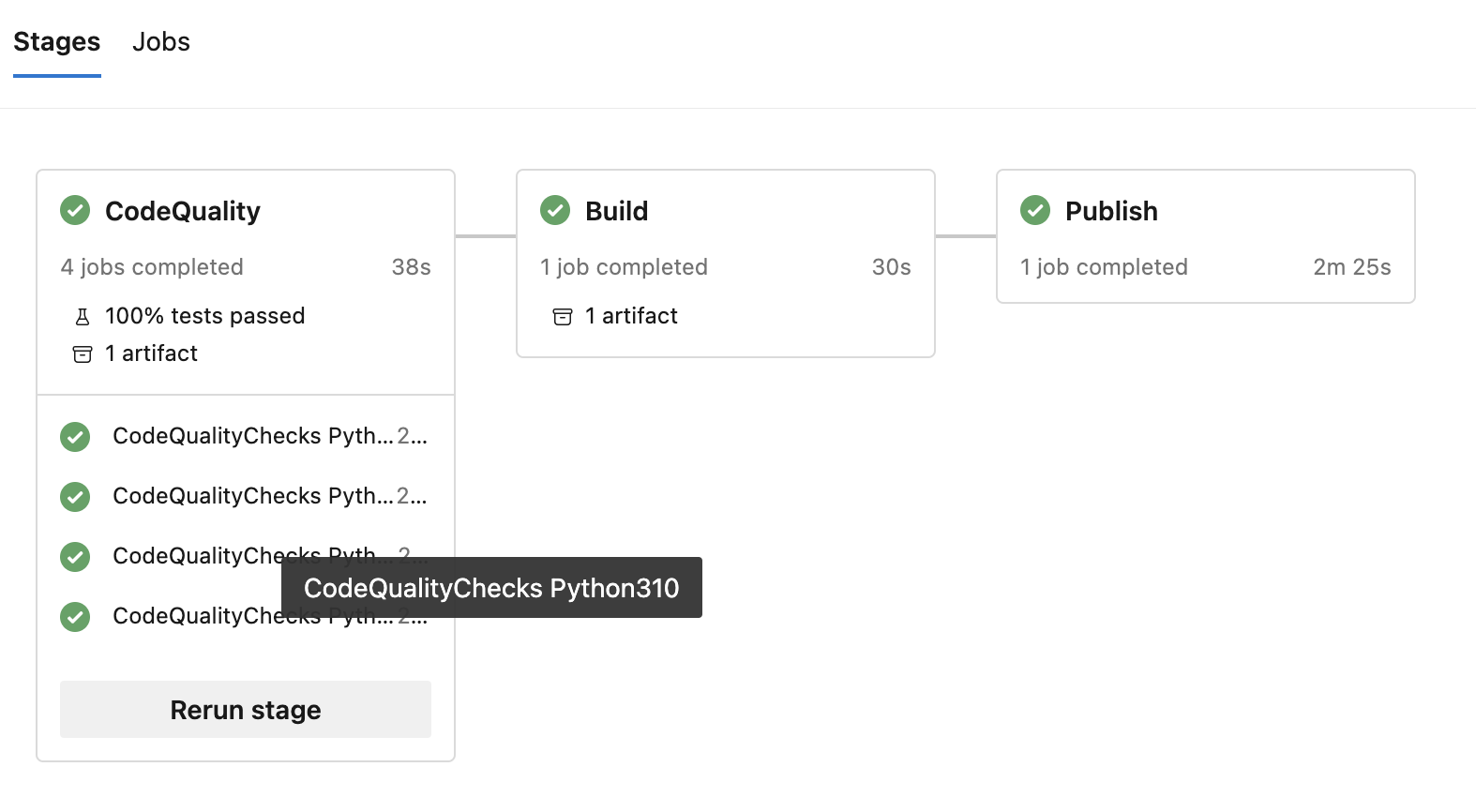CI is a software development practice where engineers merge their code into a central repository multiple times a day. After a pull request is open and after a merge is done, automated builds and tests are triggered automatically to ensure the functionality of the code. This approach promotes a collaborative environment and also helps in identifying issues early on, minimizing the risk of having issues propagated through different environments. By Flavius Dinu, Sumeet Ninawe.
CD is the natural extension of CI, focusing on automating the deployment of the software updates that are done to designated environments after the CI builds and tests finish successfully. By minimizing manual interventions and automating the release process, CD helps organizations achieve quicker feedback loops and ensures the transition between environments and releases goes smoothly.
The article then briefly describes:
- What are CI/CD tools?
- Azure DevOps
- GitHub Actions
- Spacelift
- Jenkins
- Buddy
- TeamCity
- CircleCI
- AWS CodePipeline
… and more. In this post, authors have reviewed the most popular CI/CD tools on the market and some best practices when it comes to choosing the right CI/CD tool for your needs. There are many tools in the DevOps ecosystem, and the ecosystem is constantly growing and improving, so choosing the right CI/CD tool can be hard if you don’t evaluate it specifically for your use case. Good read!
[Read More]